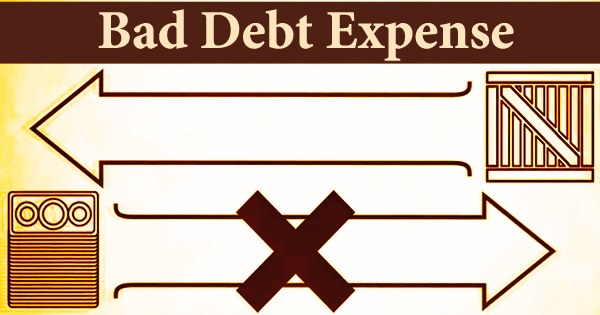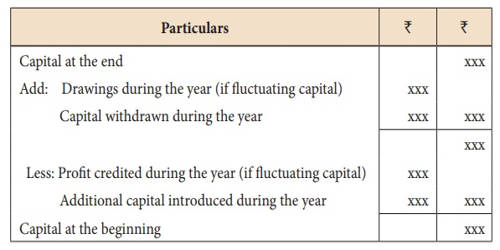Concept of Cost of Retained Earnings
The cost of retained earnings is the cost to a corporation of funds that it has generated internally. It is the earnings foregone by the shareholders. In other words, the opportunity cost of retained earnings may be taken as the cost of retained earnings. It is equal to the income that the shareholders could have otherwise earned by placing these funds in alternative investments. Therefore, the cost of retained earnings approximates the return that investors expect to earn on their equity investment in the company, which can be derived using the capital asset pricing model (CAPM).
The portion of net profit distributed to shareholders is called the dividend and the remaining portion of the profit is called retained earnings. If the funds were not retained internally, they would be paid out to investors in the form of dividends. In other words, the amount of undistributed profit that is available for investment is called retained earnings. Retained earnings represent a business firm’s cumulative earnings since its inception, that it has not paid out as dividends to common shareholders. Retained earning is considered an internal source of long-term financing and it is a part of shareholders’ equity.
Companies typically calculate the opportunity cost of retaining these earnings by averaging the results of three separate calculations. Generally, retained earnings are considered as a cost-free source of financing. It is because neither dividend nor interest is payable on retained profit. The cost of those retained earnings equals the return shareholders should expect on their investment. However, this statement is not true. Shareholders of the company that retains more profit expect more income in the future than the shareholders of the company that pays more dividend and retains less profit. Therefore, there is an opportunity cost of retained earnings. In other words, retained earnings is not a cost-free source of financing. The cost of retained earning must be at least equal to shareholders’ rate of return on re-investment of dividend paid by the company.
Retained earnings is the amount of net income left over for the business after it has paid out dividends to its shareholders. Retained earnings, as a source of finance for investment proposals, differ from other sources like debt, preference shares, and equities. A business generates earnings that can be positive (profits) or negative (losses). There are two alternatives or opportunities to the retention of earnings. First, the amount retained would have been distributed to the shareholders who in turn, would invest it and earn a return on it, and second, the firm itself could utilize them in external investment opportunities.
















